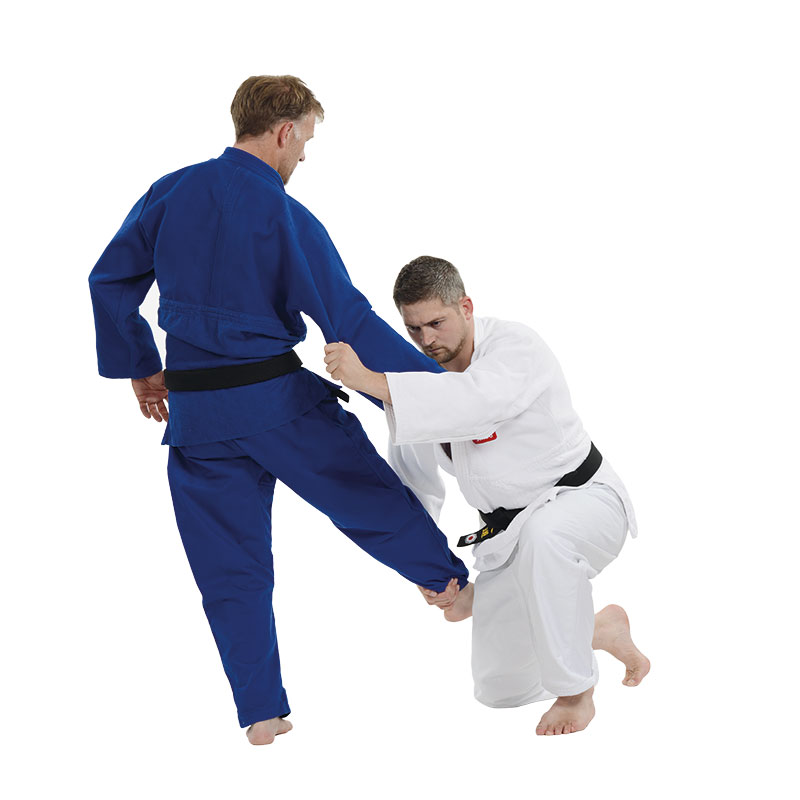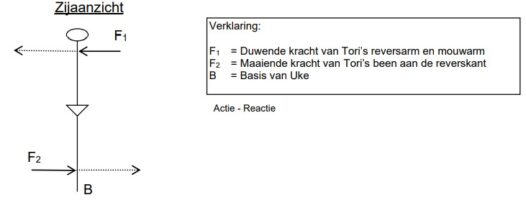Kibisu-gaeshi 踵返
Heel Trip / “Heel Reversal”
Classification: Te-waza (Hand Technique)
Japanese meaning: Kibisu = heel, Gaeshi = reversal or counter
The name translates literally as “heel reversal,” referring to the action of tripping uke by catching their heel.
Technical Description
Kibisu-gaeshi is a swift, direct takedown executed by catching the opponent’s heel and reversing their momentum. Tori steps with the left foot to the outside of uke’s right foot, lowers their center of gravity, and quickly scoops the heel from behind using either hand. The movement is often reactive—used as a counter when uke resists forward pressure.
Unlike Morote-gari (double-leg) or Kuchiki-taoshi (single-leg lift), Kibisu-gaeshi focuses specifically on destabilizing uke by attacking the heel directly, creating an immediate imbalance with minimal lifting power.
This technique is currently prohibited in IJF competition, but remains valid in kata and traditional judo settings, where it teaches timing, precision, and low-level attacks.

Biomechanics of Kibisu-gaeshi
This technique is based on a couple (torque) of forces:
-
F1: Tori pushes or pulls the upper body of uke backward, creating upward or rearward pressure on the torso.
-
F2: Simultaneously, tori uses the opposite hand to hook or scoop the heel of uke’s lead foot.
-
This coordinated effort removes uke’s base of support, causing them to collapse backward due to rotational imbalance.
It is a low-risk, high-efficiency technique when timed properly, particularly effective against forward-moving opponents.

Did You Know?
-
Kibisu-gaeshi is one of the fastest takedowns in judo, requiring almost no grip setup when executed in response to forward motion.
-
The technique was famously used in early Olympic and World Judo competitions before the leg-grab ban post-2010.
-
In self-defence and mixed martial arts contexts, Kibisu-gaeshi remains highly useful—especially effective against taller opponents or in close-quarter situations.
-
Despite its subtlety, it teaches important lessons in timing, leverage, and using the opponent’s base against them.